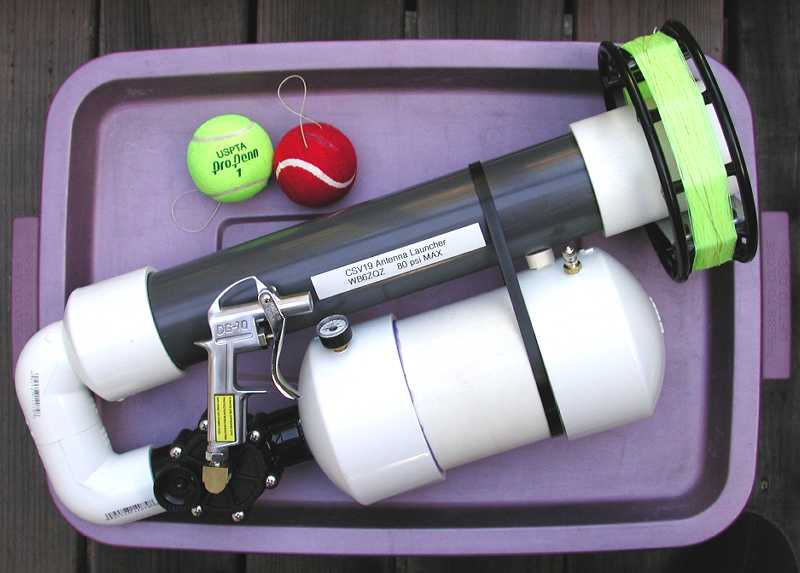Researching Designs
I.D. vs O.D. and Sourcing Parts
I have also experienced my first technical hiccups which will require additional internet support. I stopped by Home Depot hoping to pick up a few materials to get me started but left disappointed. One piece I was looking for was the launcher tube. I needed a section of PVC pipe that was just wide enough on the inside for a tennis ball to fit snug but not too snug. The idea is for a tight fit so that when the valve is opened there is a good air seal around the ball. If the tube is too big then air will rush around the ball instead of pushing it which will result in both lower velocity and range. I couldn't find a pipe that fit the tennis ball the way I needed so I did some googling and found out why.
It turns out that I needed a 2.5" diameter pipe, a size which is not commonly carried in stores. The second consideration is that a tennis ball has a diameter of roughly 2.6". Now I know what you're thinking, "2.6 is bigger than 2.5, how is that supposed to fit?". Well now we must get into the nuances of I.D. vs O.D. or Inside Diameter and Outside Diameter. PVC pipe, and all pipes for that matter, have two separate measurements of diameter. The I.D. or inside diameter is the measurement of the hole in the pipe and it doesn't take into account how thick the wall of the pipe is. The O.D. or outside diameter is the total diameter of the pipe including the wall thickness. Inside diameter is used when trying to fit things into a section of pipe while outside diameter is used when trying to fit the pipe itself into something else. So now I know that a 2.5" pipe is distinguished by just one measurement and I need to know if that is it's O.D. or I.D.
After more googling I found that PVC pipe is designated by the inside diameter. As I noted above, a tennis ball has a diameter of roughly 2.6 inches which would be a very tight fit in a 2.5 I.D. pipe. I ended up on the forum spudfiles.com reviewing old threads from people who came across this problem before me. The solution is to locate specialty thin walled PVC pipe. Going further I found that one type of thin walled 2.5" PVC is king when launching tennis balls. Its name is SDR21 and I have no idea what its used for but it happens to have an I.D. that is very close to the diameter of a tennis ball yet the O.D. is the same as standard 2.5" PVC so it is compatible with those fittings. My next step is to figure out what else I need to complete this project.

No comments:
Post a Comment